“The eyes have one language everywhere.”
George Herbert (1593–1633)
It’s rush hour on the subways of New York City. People are jammed together, forced to physically invade each other’s personal space for an entire journey. New Yorkers know the only way to cope is to avoid looking at anyone’s eyes. Thus, we create a psychological barrier to communication, a protective shield of intentional indifference. It’s a powerful demonstration in reverse of a vital element of human communication: eye contact.
That’s why one of the primary rules in Toastmasters is to “speak to people’s eyes.” The importance of speaking eye to eye with your listener goes without question: It’s hard to trust someone who won’t look you in the eye. But the actual nature of that exchange of glances is not always well understood. Indeed, many speakers who practice what they consider “eye contact” fall short of the true purpose and meaning of the act.
Of course, speakers also need to respect cultural differences in this area. While direct eye contact is valued in the United States, it can be considered an invasion of privacy in some places – Asian countries, for example. When speaking to such audiences, don’t focus on one individual for too long – it could embarrass them.
But where eye contact is valued, make eye contact. Too many speakers believe that a constant scan of the audience with their eyes, back and forth like a lawn sprinkler, will do the job. I recently visited a church where the minister read her sermon from the pulpit, glancing up every now and then at the back wall of the room, high above her congregation’s heads. This technique is taught in some books as a way to reduce stage fright, but in my experience it seldom diminishes fear and cannot increase understanding of your message.
Those who just give the audience a quick glimpse of their baby blues are not making eye contact. Trying to talk to everybody is actually talking to nobody.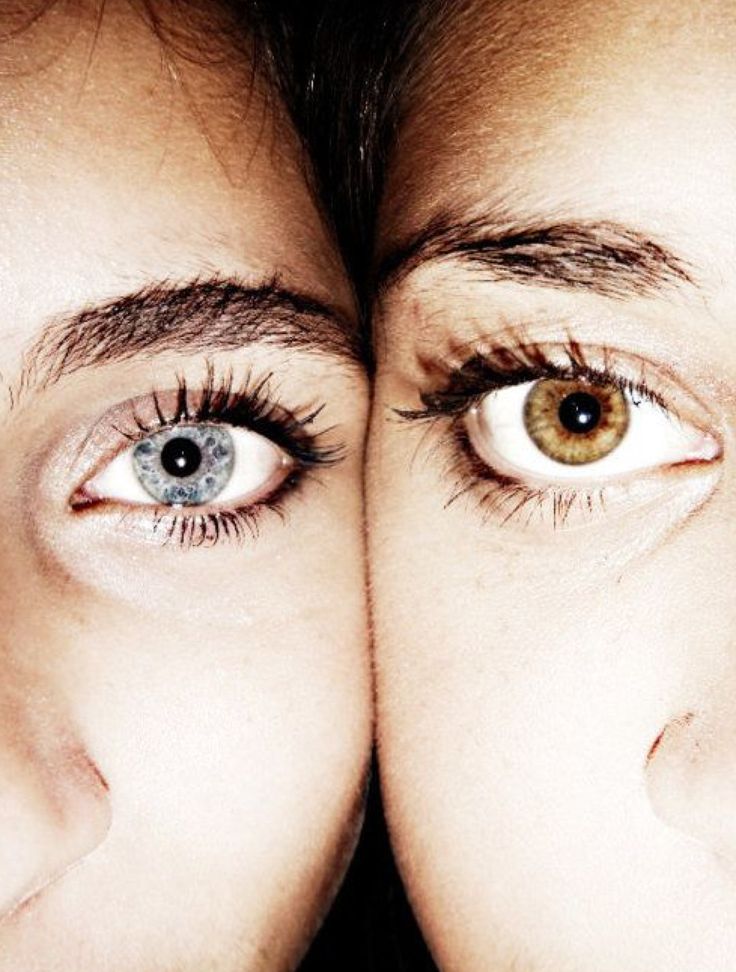 When we sit in an audience listening to a speaker, we want to feel spoken to, directly and personally. Therefore, the proper mindset for the speaker shouldn’t be, “Let them see my eyes” – but rather, “Use my eyes to see theirs.”
When we sit in an audience listening to a speaker, we want to feel spoken to, directly and personally. Therefore, the proper mindset for the speaker shouldn’t be, “Let them see my eyes” – but rather, “Use my eyes to see theirs.”
"Trying to talk to everybody is
actually talking to nobody."
Who is the better judge of effective communication: the transmitter or the receiver? The receiver is the only one of the pair to know whether the ideas being expressed have landed and are well understood. You, the speaker, are the transmitter, so you don’t know how well you are doing...unless you also become a receiver. The purpose of eye contact is to create a give-and-take relationship with your audience.
“Every audience is a treasure trove of experience and wisdom that no speaker can match,” writes Lee Glickstein in his book Be Heard Now. “The way to tap this treasure is to put a priority on the relationship with the audience.”
See if They Understand
Here is how I believe good eye contact should work: As you transmit your message – with your words, your facial expression, posture, tone of voice, gestures – you watch your listeners’ eyes to determine whether or not they understand. Just as any telephone has two elements – one for sending and the other for receiving – so do public speakers. In our case, our voices and bodies are sending and our eyes are receiving. No one would fail to put a phone to their ear and only use the transmitter, so we must not ignore our reception devices – our eyes!
Just as any telephone has two elements – one for sending and the other for receiving – so do public speakers. In our case, our voices and bodies are sending and our eyes are receiving. No one would fail to put a phone to their ear and only use the transmitter, so we must not ignore our reception devices – our eyes!
The human eye is extremely expressive. There’s a lot to be learned by looking into the eyes of your audience. Smiles, frowns, boredom, excitement, understanding, empathy – all these and countless other messages are being sent your way as you speak. The process of receiving these messages is called “reading your audience,” and it’s a crucial skill if you want to persuade or inspire them. Read the effectiveness of your communication with the audience as you speak, and if need be, change your tactics to engage them more.
In her book It’s Not What You Say, It’s How You Say It, master speechwriter Joan Detz writes, “Good eye contact builds rapport, fosters trust and creates a more likeable persona. ...We rely on eye contact [from a speaker] to judge truthfulness.”
...We rely on eye contact [from a speaker] to judge truthfulness.”
When you think of your eyes as receivers rather than transmitters, it changes your style as a speaker. Now you can become interested in your audience as a group of individuals and speak to them one at a time. How? Deliver a full thought to each person you look at. Lock eyes with that listener and see the response in her eyes. Then pause, find another person and deliver the next thought. Read his eyes as you speak. If you feel that method slows you down, all the better – most speakers tend to rush.
One description of a successful speech is “a conversation, amplified.” It’s useful to remember when considering eye contact that a good, steady meeting of the eyes in conversation denotes a meeting of the minds.
Eyeing a More Relaxed Style
An added bonus to good eye contact is that it throws your attention off yourself and onto your listener. Self-consciousness hinders a speaking performance. Focusing on others can help you relax and perform naturally.
Focusing on others can help you relax and perform naturally.
Years ago, I experienced a vivid demonstration of the value of eye contact. My friend invited me to a party – a gathering of deaf people held in a school gymnasium. When we entered, I saw about 50 people lining the walls around the perimeter. I wandered out into the middle of the floor, but my friend pulled me back to the side. “You’re interrupting conversations,” he said.
Indeed, I began to realize that the room was filled with animated dialogues between people up to 50 feet apart. They told stories with their hands, their face and their emotions. Though I didn’t know American Sign Language well, I could easily catch the drift of most of the stories and enjoy the laughter along with everyone else.
It was a powerful reminder about what makes successful communication. Toastmasters must establish both sides of our two-way signals: Too many speakers think their only job is to talk and the audience’s job is to listen. Wrong! If you want to be a successful speaker, you must learn to read the crowd with your eyes as you speak. In doing so, you take responsibility for the reception as well as the transmission of your speech.
Wrong! If you want to be a successful speaker, you must learn to read the crowd with your eyes as you speak. In doing so, you take responsibility for the reception as well as the transmission of your speech.
The speaker’s eye is a subtle and powerful tool. Bear in mind the words of the famed English writer G.K. Chesterton: “There is a road from the eye to the heart that does not go through the intellect.”
To Schedule Your Eye Appointment, Please Call 1-508-746-8600
An object penetrating your eye can be vision threatening. Penetrating objects pierce through the structure of your eye, and should only be removed by a medical professional.
At home, every day objects like pencils, pens and even sticks can become eye penetrating missiles. So can hammering nails, filing metal and working with tools. More danger lurks in your yard and garden. It only takes a split second for a normally harmless activity, such as mowing your lawn or trimming your bushes, to result in something lodged in your eye. And depending upon your job, the risks can be even greater. If something penetrates your eye, it is an ocular emergency that requires immediate attention.
It only takes a split second for a normally harmless activity, such as mowing your lawn or trimming your bushes, to result in something lodged in your eye. And depending upon your job, the risks can be even greater. If something penetrates your eye, it is an ocular emergency that requires immediate attention.
The risk may be even greater for children, as they don’t realize how quickly child’s play can turn to an accident. For example, a stick used as a “sword” can easily penetrate another child’s eye. So can playing with pellet guns.
In some cases, a tiny piece of metal or a shard of glass can penetrate the eye and may not be visible to the naked eye. Therefore, if you have the sensation that something is in your eye, eye pain, redness, tearing and blurred vision, you should immediately contact your eye doctor.
Penetrating injuries can cause corneal, conjunctival, and/or globe lacerations, vitreous hemorrhage , and retinal tears or detachments. Over time, scarring can also lead to cataracts and glaucoma.
Over time, scarring can also lead to cataracts and glaucoma.
While not every penetrating injury can be prevented, wearing protective eye wear while working with hand and power tools can prevent many injuries.
Penetrating trauma can happen to anyone. Therefore, you should develop an action plan before an emergency event occurs.
Step 1
The most important thing you can do is leave the penetrating object in the eye. To avoid further damaging the eye, such objects should only be removed by an eye care professional.
Step 2
Patients with a penetrating eye trauma should see their eye doctor immediately. Until then, the patient should avoid touching or manipulating the eye.
Step 3
If the patient wears contact lenses, do not attempt to remove the lens as this can cause further damage to the eye. The lens should be removed by the doctor.
The lens should be removed by the doctor.
Step 4
Call your eye doctor’s office. Explain that you have a penetrating traumatic injury. Provide as much information as possible, including a description of what is in the eye, its full size, how the accident occurred, etc. This will allow the office to prepare to treat the patient immediately upon arrival.
Step 5
Keep the patient calm until he / she can be seen by the doctor.
If you or your child suffers a penetrating trauma to the eye, a comprehensive examination will be required. This would include:
Treatment of the penetrating trauma will depend entirely on the results of your examination. Surgical treatment may be required to remove the foreign body from your eye. If a retinal tear or detachment is diagnosed, immediate laser or surgical treatment may be necessary to prevent permanent vision loss. Because cataracts or glaucoma can form as a result of trauma, other surgical or laser treatment may also be required at a later date.
Surgical treatment may be required to remove the foreign body from your eye. If a retinal tear or detachment is diagnosed, immediate laser or surgical treatment may be necessary to prevent permanent vision loss. Because cataracts or glaucoma can form as a result of trauma, other surgical or laser treatment may also be required at a later date.
Depending on the severity of the damage, further follow up examinations may be required to monitor how your eye is healing.
While some penetrating traumatic injuries can be prevented or minimized by wearing protective eyewear, not all injuries are preventable. Therefore, knowing the steps to take in the event of an accident is the key to preventing permanent vision loss in the event of a traumatic injury.
Back to Eye Trauma / Injury Page
January 26, 2017 Lifehacker tells how it works and whether it is possible to learn this.
Share
0Glance is of great importance in intersexual communication. Many women claim that they fall in love with a man after the first eye contact. If a man can withstand a woman's insistent gaze, expressing his determination in it, in further communication she will unconsciously show more respect for him.
A woman's look at a man is the primary test of his masculine qualities.
To look away quickly in such a situation, to be embarrassed means to admit defeat. However, a woman must also be confident enough in her abilities to decide on such a test.
If the person you like looks away, keep looking at him. If after that he looks at you again, this is a sure sign of sympathy. If at the same time a smile appears on his face, you can start a conversation without a doubt.
Which look is considered random and which is a conscious challenge? The normal time of eye contact, after which there is a natural aversion of the eyes of both people, does not exceed 2-3 seconds.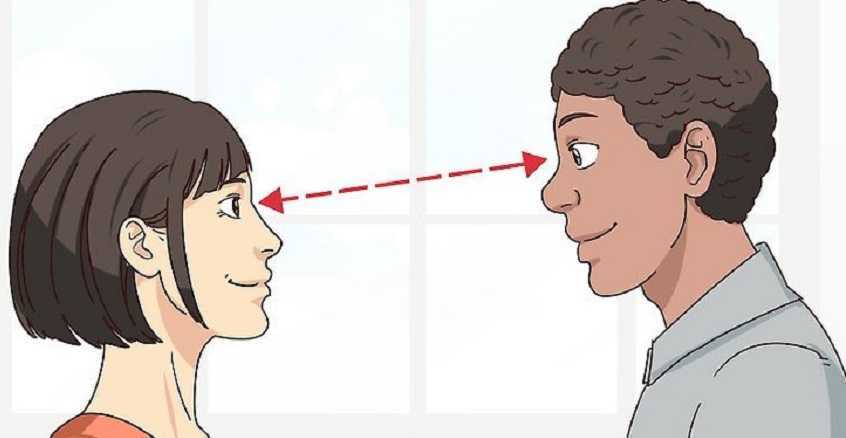 If a person looks at you longer, he probably has an interest in you.
If a person looks at you longer, he probably has an interest in you.
Looking is the most powerful non-verbal means of influence. He can subjugate a person and set the nature of your further communication. However, can it be called a tool - something that we can use consciously for our own purposes? Can a person's will break the instinctive desire to look away under a persistent and unbending gaze?
In nature, the strongest male will have the most persistent look. You can often see how an animal of large size, having met the gaze of a smaller representative of its own species, turns away, as if yielding and obeying it. Body size, muscle mass, jaw size, and other traits certainly influence the non-bloody definition of a dominant male. However, this is not enough.
Look is a sure sign of real strength, vital energy, ability to fight to the end, readiness to die in battle.
Man is a social being, therefore he is influenced not only by natural factors. This is morality, and ethics, and social position. Thus, a long gaze in the culture may simply be regarded as incorrect behavior, and that is why we will have an embarrassing desire to look away. However, the main factor influencing the firmness of the gaze is the will. This is what can make the gaze your strongest psychological weapon.
This is morality, and ethics, and social position. Thus, a long gaze in the culture may simply be regarded as incorrect behavior, and that is why we will have an embarrassing desire to look away. However, the main factor influencing the firmness of the gaze is the will. This is what can make the gaze your strongest psychological weapon.
How else does our view affect communication? In psychology, the following facts are known:

One thing follows from these facts: the strong-willed ability to keep one's gaze on the eyes of another person makes the image of the beholder stronger, more powerful and influential.
However, these rules cannot be called universal. Much depends both on the nature of the look and on the person. Someone will consider a long look as a manifestation of impoliteness, someone will start to get angry, someone will be scared.
It is necessary to maintain a balance of modesty and perseverance in the look, corresponding to the specific situation of communication with a person.
The main thing is not to provoke a defensive or negative reaction. You can subjugate a person to your will with a glance, inspiring respect and demonstrating a strong character, and not aggression. The look should be calm, intent, without a shadow of pretense and shamelessness.
So is it possible to develop a strong look? The one that subjugates and inspires respect? There are many dubious exercises on the Web, like looking at a candle flame and circles on paper.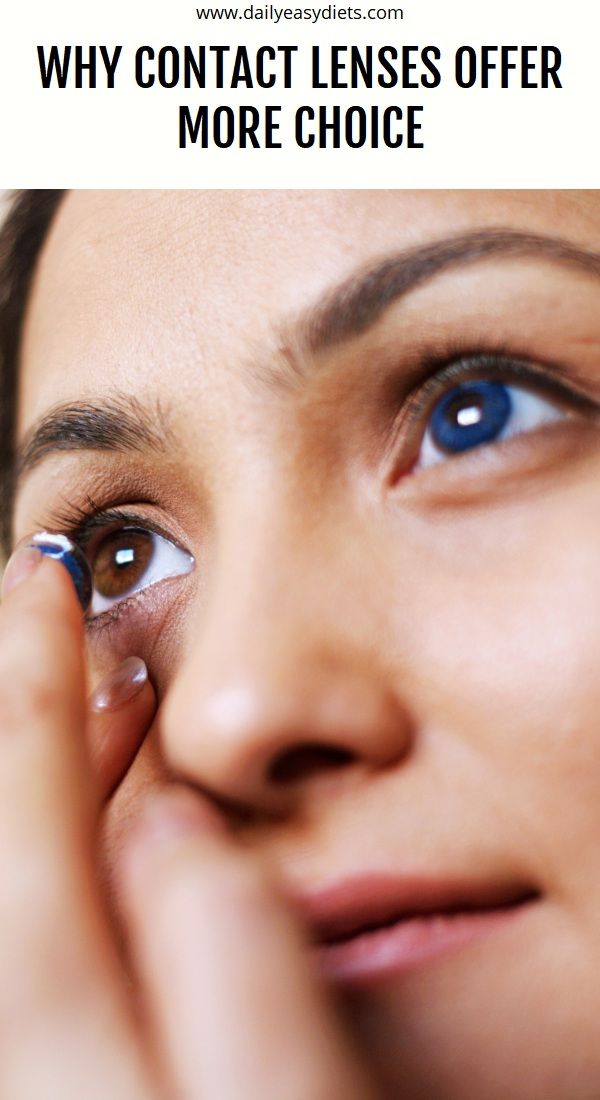 But the look is an extension of your internal state, and it will certainly be different in sparring with a piece of paper and with a real person.
But the look is an extension of your internal state, and it will certainly be different in sparring with a piece of paper and with a real person.
All eye-strengthening exercises will be pointless if you cannot focus your mind on one object while doing them. How do you want to influence others if you can't even influence yourself?
Japanese shogun Yoritomo Tashi
who had exceptional influence on people. To take control of your thoughts and increase concentration, there is one proven exercise. Count slowly from one to ten, pausing between words. If even one thought distracts you from the process, start over. Every day try to increase the duration of the account by a couple of units. Various meditation techniques also contribute to this.
After you have achieved some success in controlling your thoughts, try practicing in public. Choose from the crowd of faces that indicate a less weak character than you. Try to hold their gaze, keeping only one thought in your mind that blocks your desire to look away. "I'm uncomfortable," "what an awkward situation," "this is so stupid" - all these ideas simply should not enter your mind.
"I'm uncomfortable," "what an awkward situation," "this is so stupid" - all these ideas simply should not enter your mind.
Once you have mastered this, begin to selectively approach the thought that you hold during the competition. It should not only hide your psychological weaknesses, but also give strength to your look.
Concentrate on the desire to subdue, show strength, authority.
Developing a confident look is not an easy task, but, having coped with it, you will see how quickly the attitude of others towards you will change.
Surely you've had the experience of gazing at another person through a noisy, crowded room. It's almost like a movie scene - the rest of the world goes gray as you and that other soul are momentarily bound together by the mutual knowledge that she is looking at you and you are looking at her.
Of course, eye contact isn't always so exciting—after all, every conversation goes with it—but it's almost always important. We make assumptions about people's personalities based on how often they make eye contact or look away during a conversation. And when we pass strangers on the street or in some other public place, we may feel rejected if they don't make eye contact with us.
We know all this from everyday experience. But psychologists and neuroscientists have been studying eye contact for decades, and their intriguing findings reveal much more about its power, including what our eyes give out and how eye contact changes how we think about the person looking at us.
For example, a recent discovery says that when we stare at someone, it takes all our attention, and we care less about what else is going on around (this is what I meant by talking about the "gray world") . In addition, when we make eye contact with someone, a lot of different processes start almost immediately in the brain, as we realize that we are dealing with the consciousness of another person who is currently looking at us. As a result, we better understand that this person has his own mind and view of things - and, in turn, this makes us more conscious ourselves.
As a result, we better understand that this person has his own mind and view of things - and, in turn, this makes us more conscious ourselves.
You can detect these effects especially when you look closely at a monkey or a primate in a zoo: it's almost impossible not to feel that they are conscious beings that evaluate and study you. Even looking at a portrait of a person who appears to be looking straight into your eyes causes a surge of brain activity associated with social cognition—that is, in the areas of the brain that are responsible for thinking about yourself and others.
This realization that we are the object of attention of another mind is very dramatic, and it is not surprising that we are greatly distracted by it. Consider a recent study by Japanese scientists. Volunteers looked at the person's face in the video while performing verbal tasks - they had to suggest verbs corresponding to various nouns (for example, if they heard the noun "milk", the verb "drink" would be the appropriate answer). Importantly, the task caused participants much more difficulty (but only for compound nouns) when the face in the video seemed to be looking into their eyes. According to the researchers, this effect arose because eye contact - even with a stranger in a video - is so intense that it depletes our cognitive reserves.
Importantly, the task caused participants much more difficulty (but only for compound nouns) when the face in the video seemed to be looking into their eyes. According to the researchers, this effect arose because eye contact - even with a stranger in a video - is so intense that it depletes our cognitive reserves.
A similar study showed that eye to eye contact also affects working memory (the ability to retain and use information for short periods of time), imagination, and mental control in terms of our ability to skip irrelevant information. You may have experienced these effects yourself when you unknowingly broke eye contact with another person in order to better concentrate on what you were saying or thinking. Some psychologists even recommend looking away to help young children answer questions.
Research also shows that eye contact shapes our perception of the other person who makes eye contact with us. For example, we tend to perceive people who make eye contact longer as smarter, more conscientious, and sincere (at least in Western cultures), and we believe more in what they say.
Of course, too much eye contact can bring discomfort - and people who stare without releasing their eyes may seem unpleasant to us. Psychologists recently conducted a study at a science museum trying to establish the preferred length of eye contact. They concluded that it averaged three seconds (and no one liked looks that lasted more than nine seconds).
Another documented eye-to-eye effect may help explain why this moment of eye contact across the room can sometimes be so compelling. A recent study has shown that this gaze leads in some sense to unite ourselves and the other person: we consider strangers with whom we have made eye contact to be more similar to us in terms of their personality and appearance. Perhaps in the right situation, when everyone else is busy talking to each other, this effect reinforces the feeling that you and the person looking into your eyes are having a special moment.
The chemistry of eye contact doesn't stop there. If you choose to get closer, you'll find that eye contact also connects you to each other in a different way, in a process known as "pupil mimicry.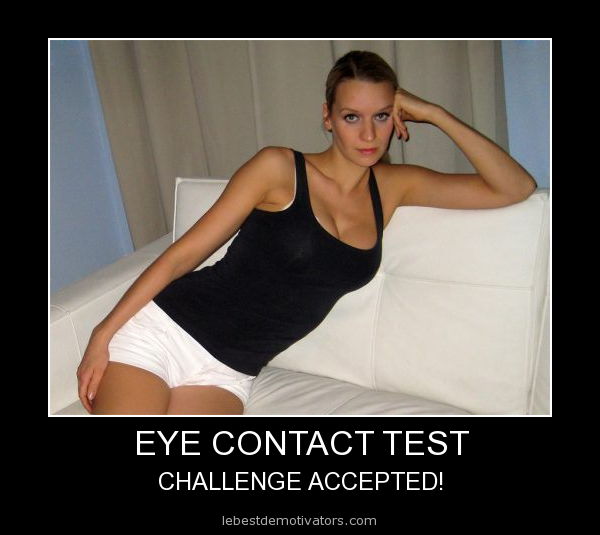 " It implies that the pupils of two people dilate and contract in sync. This is considered a form of subconscious social mimicry - a kind of ocular dance, to be more romantic.
" It implies that the pupils of two people dilate and contract in sync. This is considered a form of subconscious social mimicry - a kind of ocular dance, to be more romantic.
But recently there has been some skepticism about this: researchers say that this phenomenon is simply a reaction to a change in the brightness of the other person's eyes (up close, when the other person's pupils dilate, their eyes become darker, which is why your own pupils dilate too).
This does not mean that pupil dilation has no psychological significance. In fact, in the 1960s, psychologists studied pupillary dilation upon arousal or stimulation (in the physiological sense), whether due to intellectual, emotional, aesthetic, or sexual interest. Thus was born the debate about whether observers perceive faces with larger pupils (sometimes taken as a sign of sexual interest) as more attractive. At least some research—decades and more recent—suggests this is the case, and we also know that our brains automatically process other people's pupil dilation.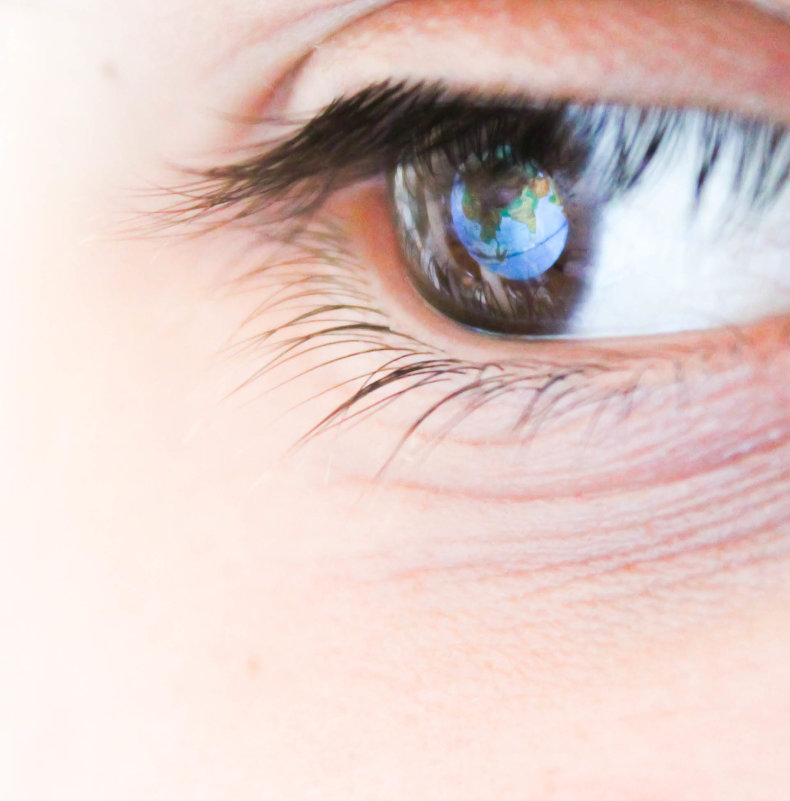 In any case, centuries before this study, folk wisdom held that dilated pupils are attractive. At various times in history, women have even used an extract of the plant to deliberately dilate their pupils and make themselves more attractive (hence the colloquial name for the plant: belladonna).
In any case, centuries before this study, folk wisdom held that dilated pupils are attractive. At various times in history, women have even used an extract of the plant to deliberately dilate their pupils and make themselves more attractive (hence the colloquial name for the plant: belladonna).
But not only pupils can transmit messages to another person. Recent research shows that we can read complex emotions in the eye muscles—whether a person squints or widens their eyes. For example, when an emotion such as disgust causes us to squint our eyes, that “eye expression”—like facial expression—also shows our disgust for others.
Another important feature of the eyes is the limbal rings: dark circles surrounding the iris. Recent evidence suggests that these limbal rings are seen more frequently in younger, healthier individuals, and those who look into their eyes understand this on some level. Therefore, heterosexual women who are looking for a partner for a short-term affair find men with well-visible limbal rings to be healthier and more desirable.